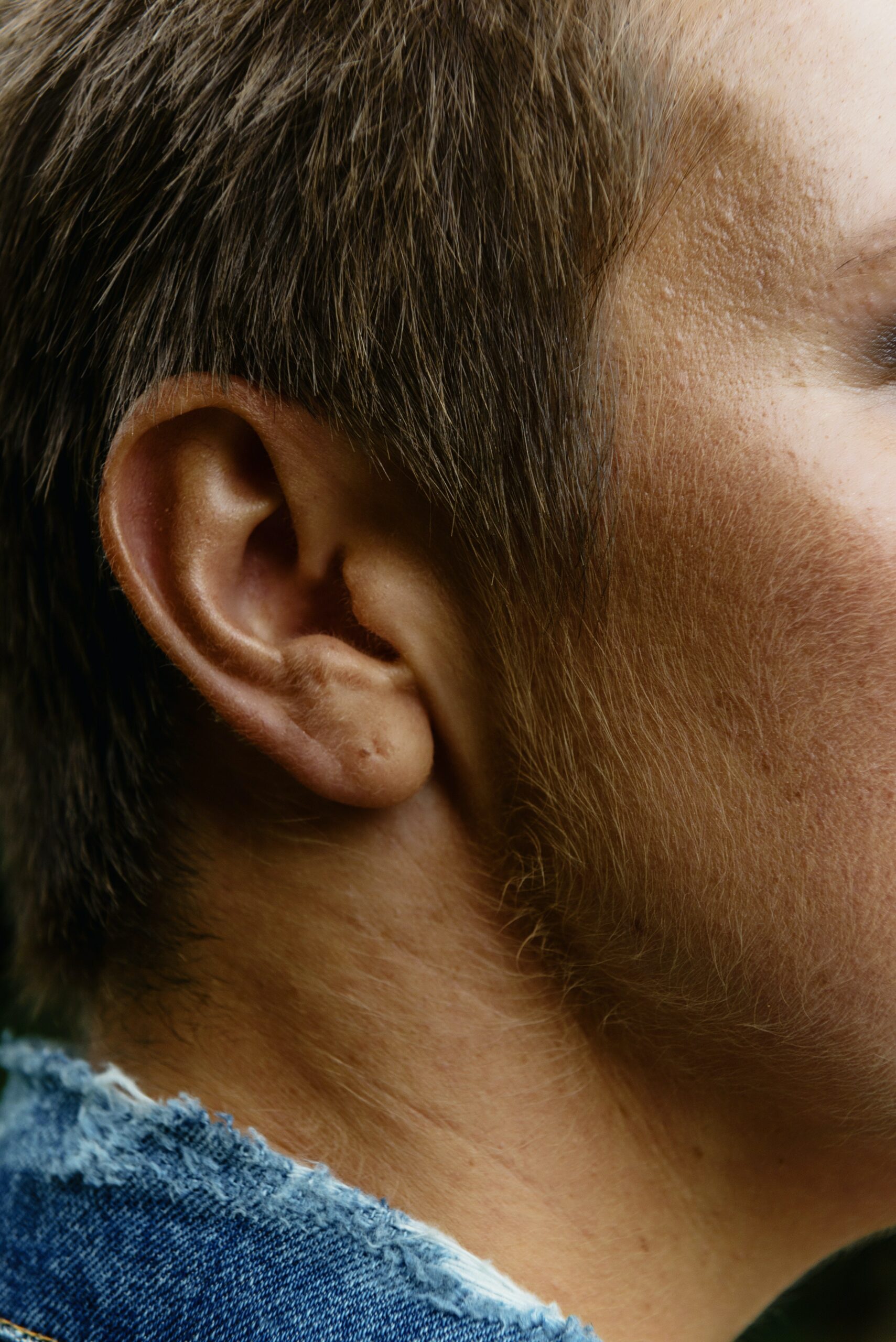
23 Aug Eustachian Tube Balloon Dilation: Ear Pressure, Fullness Relief
The Eustachian tube balloon dilation procedure offers a new treatment option for chronic Eustachian tube dysfunction—and relief from miserable ear pressure and fullness symptoms.
You may be familiar with the innovative and widely established treatment for chronic sinusitis known as ballon sinuplasty, also referred to a balloon sinus dilation. It’s an increasingly preferable treatment for many patients because of its minimally invasive and highly effective technique.
But did you know, a balloon dilation procedure can also bring relief from ear fullness and pressure?
Specifically, the treatment is called Eustachian tube balloon dilation. Much like a balloon sinus dilation, it is considered a safe and reliable alternative for the management of chronic Eustachian tube dysfunction.
What is Eustachian tube dysfunction (EDT)?
The Eustachian tube is a narrow channel that links the middle ear to the back of the nasal cavity. When functioning normally, it opens when you chew, yawn, or swallow. This structure is important to overall ear and sinus health, as it also controls pressure in the middle ear and helps protect against disease. Eustachian tube dysfunction, or ETD, is a condition that occurs when the Eustachian tube is not functioning properly, and can cause uncomfortable symptoms.
Symptom of Eustachian tube dysfunction can include:
- A full or blocked sensation in the ears
- Changes in hearing
- A ringing, popping or clicking sound in the ear
- Ear pain
Causes and treatment options
Eustachian tube dysfunction, or ETD occurs when the canal becomes plugged in a way that prevents it from opening. It can occur after the start of a cold and other nose, sinus, ear and throat infections.
Eustachian tubes may become inflamed or swollen due to a sinus infection or allergies that cause excess mucus to obstruct the passageways. Mild cases of ETD may resolve with medication that treats the underlying sinus or allergy issues.
Some patients, however, may experience chronic Eustachian tube dysfunction and ongoing symptoms. Eustachian tube balloon dilation can be an effective treatment for severe or recurring ETD.
Eustachian tube balloon dilation
Previously, the only medical treatments available for Eustachian tube dysfunction were invasive, such as pressure equalization tubes. Today, persistent EDT may be treated with an endoscopic procedure called Eustachian tube balloon dilation, and is viewed as a safe and reliable alternative. It utilizes the ACCLARENT AERA™ Eustachian Tube Balloon Dilation System, the first device in the US indicated to dilate the Eustachian tube.
How does Eustachian tube dilation work?
Eustachian tube balloon dilation uses a catheter to insert a small balloon through the patient’s nose and into the Eustachian tube. The balloon is gently inflated for several minutes and will clear away blockages and open the tube. Clearing the pathway helps allow for mucus and air to flow more freely through the Eustachian tube, which may help restore proper function. The balloon is then deflated and removed. There are no incisions involved.
What you can expect
Typically, the procedure is performed under general anesthesia and takes less than an hour. When your surgery is over you will spend some time in the recovery area and then go home. Your doctor will provide you with detailed post-procedure instructions and answer any questions you may have during recovery.
If you are suffering from symptoms of Eustachian tube dysfunction, the Ohio Sinus Institute can help.
Take the first step and schedule a consultation appointment at Ohio Sinus Institute to learn more and find out if you are a candidate for Eustachian tube dilation.
Following an examination, we’ll discuss your symptoms and identify the best treatment options for you that can help provide you with the relief you deserve.
Call our office today to book your appointment!


